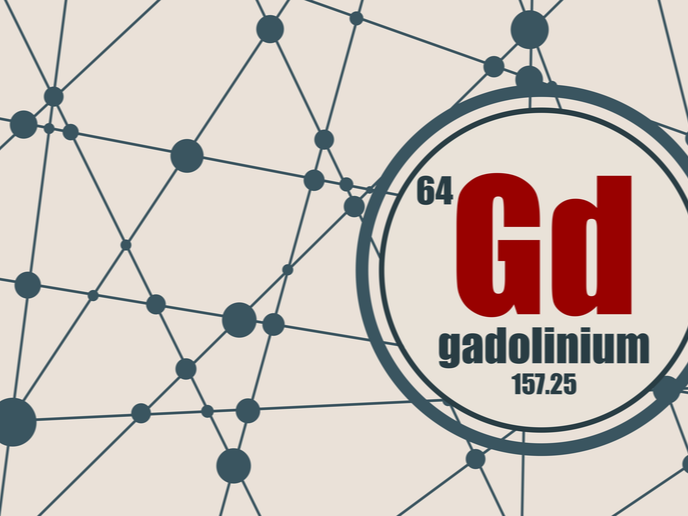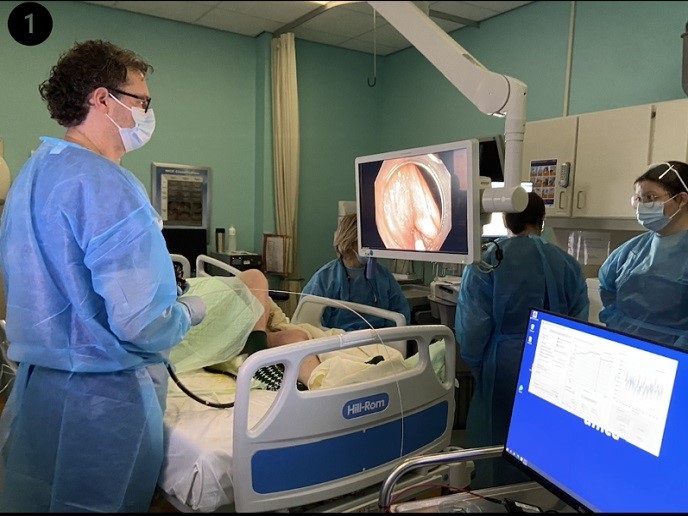Quantum effects in biological systems
In recent experiments, using ultra-fast spectroscopy techniques, it has been possible to delve into biochemical processes in living organisms. Within the EU-funded project QUANTUM BIOTECH (Quantum phenomena in biology: Theory and experiments towards novel solar energy quantum technologies), researchers looked at photosynthesis. During photosynthesis, energy carried by photons is absorbed by light-harvesting antennas. The electronic excitation of each antenna is transported to a reaction centre where charge separation leads to more stable forms of chemical energy. The researchers have developed theoretical models to represent this energy transfer. Specifically, the QUANTUM BIOTECH team exploited the theoretical formalism of quantum stochastic walks to describe the energy transfer to the reaction centre through large, complex structures. In the case of green sulphur bacteria, the photons collected are transferred through the pigment protein complex called the Fenna-Matthews-Olson (FMO) complex. What is remarkable is the observed efficiency of the FMO complex, as nearly every photon observed is successfully transferred to the reaction centre. Subsequently, researchers explored the feasibility of improving such light-harvesting processes with the use of coherent sources of radiation. In photosynthesis, when photons hit the receptors called chromophores, the latter produce excitons. These quantum particles of energy jump from one chromophore to another until they reach the reaction centre where their energy is harnessed to build molecules that support life. Excitons follow random pathways unless they take advantage of quantum effects that allow them to take multiple pathways simultaneously and select the best ones. Researchers engineered a virus able to double the excitons’ speed, improving the efficiency of the process significantly. Specifically, they produced many varieties of the virus that bonds with multiple synthetic chromophores, including organic dyes. The viruses selected had the right length scales to support the so-called quantum Goldilocks effect. The QUANTUM BIOTECH team relied on laser spectroscopy and dynamical modelling to 'watch' the light-harvesting process and demonstrate that viruses indeed make use of quantum coherence to improve the transport of excitons. While the project results are a proof of concept, they point the way to develop inexpensive and efficient solar cells as well as light-driven catalysis.







